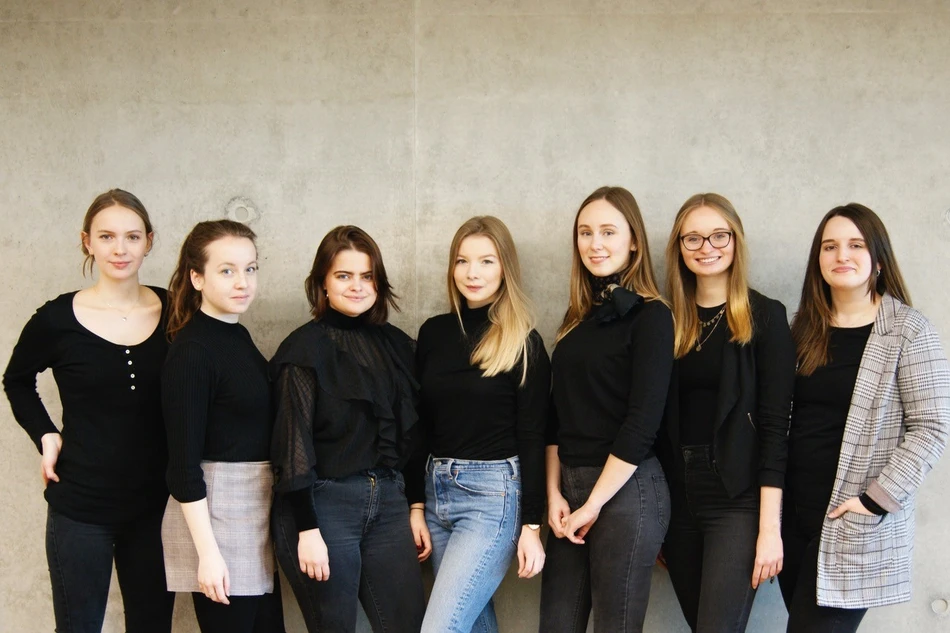The aim of the study, which was supervised by Prof. Dr. Patrick Rössler and Prof. Dr. Cornelia Betsch, was to investigate the perceived credibility of sinnfluencers who primarily communicate about sustainability and its effect on the credibility dimensions of expertise, goodwill and attractiveness. The background was the omnipresent discourse on sustainability - online and offline. Primarily the social medium Instagram is establishing itself more and more as a platform on which a lively exchange about sustainability takes place and which young people (target group: 14 to 25 years) increasingly use to find information. Since the work is a pioneering study within the research on sinnfluencers, the novel phenomenon was theoretically located in order to give a first definition.
For their study, the project group designed an online experiment with ten fictitious, professionally programmed Instagram accounts (eight experimental and two control groups) as stimulus material, in which 944 persons participated with their private smartphones. Each account contained nine exemplary contributions, a profile description and a profile photo, on which a female person - either as a sense influencer or as an influencer - was staged. The manipulation of the three credibility dimensions took place on both textual and visual levels in order to be able to depict them in their respective extreme forms. The survey was conducted at three points in time in order to be able to check the short and medium-term effects of perceived credibility on the opinions and subsequent communication of the participants.
It was shown that expertise and goodwill have the strongest influence on credibility. Attractiveness alone plays only a minor role, despite the visual examination channel, but in combination with expertise and goodwill it cannot be neglected. The results suggest that sinnfluencers are a kind of hybrid between science and marketing communication. In the course of their credibility assessment, originally opposing evaluation patterns of a socio-scientific topic and advertising impact research are combined. This finding could be fundamental for the fact that sinnfluencers are perceived as more credible than influencers, which the study also confirmed. Effects on the opinion and connection communication did not occur.
But the other project work this year again provided exciting insights:
- A-Frame (Visual Framing: How is the topic of factory farming presented visually on Instagram?)
- Deutschlandtrennt (The Germany Agenda: The presentation of inner-german topics in an east-west media comparison)
- Emissionslos (Moral licensing of sustainable nutrition in the context of social media communities)
- Plate Debate (What's on your mind - What's on your plate? The impact of sustainability posts on food consumption)
- Weltblick (Nothing new in the south: Perspectives of alternative foreign journalism)
We congratulate all groups and of course especially the winners for their work!

